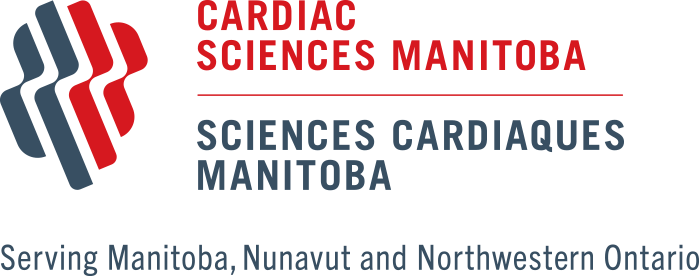Why It’s Done
An echocardiogram is done to look at your heart’s structure and check how well your heart functions
How to Prepare
There is no preparation for this test
What to Expect During the Test
- You will be asked to remove clothing from the waist up
- Put on a hospital gown and lie on an exam table
- Lights may be dimmed so that the images on the monitor are easier to see
- Three electrodes (small sticky patches) will be placed on your chest and connected to an EKG monitor on the echo machine
- A small amount of ultrasound gel is placed on a small probe called a transducer which is then pressed against the chest to obtain images of the heart
- You may be asked to breathe in a certain way or to roll over onto your left side
- You should feel no major discomfort during the test, although you may feel a slight pressure on your chest from the transducer and coolness from the gel on the transducer
- Occasionally, saline or ultrasound contrast (dye, which is different from x-ray dye) is injected through an intravenous line to make the heart show up more clearly on the test images
The test usually takes under 1 hour
After the Test
- You can go back to your normal activities immediately after the test
- The doctor who ordered the test will receive the results and review them with you


